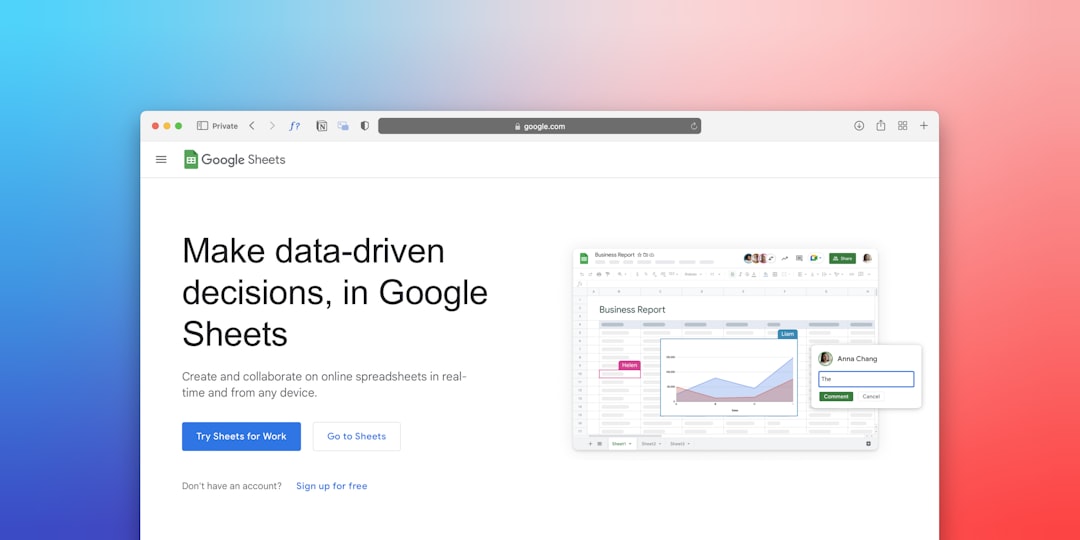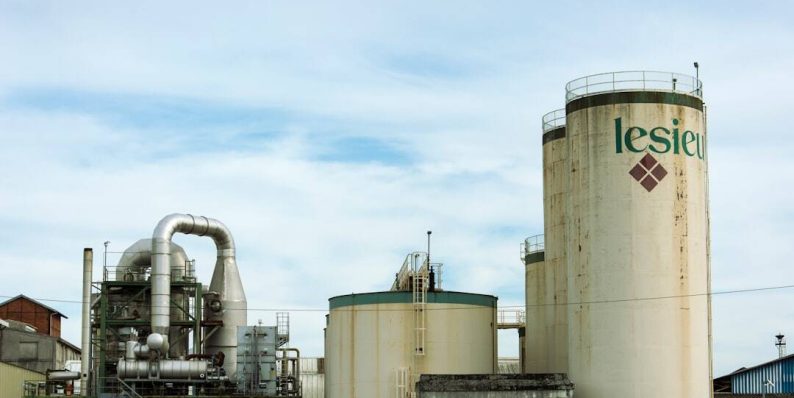IoT + AI in Oil Fields: 5 Technologies Delivering Measurable Results
As the oil and gas industry evolves in the face of digital transformation, the integration of the Internet of Things (IoT) and Artificial Intelligence (AI) is unlocking new operations efficiency, safety improvements, and cost savings. These technologies are redefining how oil fields are managed—turning them into smarter, more sustainable assets. By combining real-time data acquisition with intelligent analytics, companies are optimizing every aspect of upstream operations, from exploration to production.
IoT sensors collect vast amounts of data across rigs and facilities, while AI systems analyze this data to provide actionable insights. The synergy of IoT + AI in oil fields isn’t hypothetical—it’s delivering measurable results today. Below are five key technologies leading the charge.
1. Smart Predictive Maintenance
One of the most practical applications of IoT and AI in oil fields is predictive maintenance. Instead of following a traditional maintenance schedule, companies can use real-time sensor data to monitor conditions of critical machinery—pumps, compressors, valves, and pipelines.
- IoT sensors monitor temperature, pressure, vibration, and other performance indicators.
- AI algorithms detect anomalies and predict the likelihood of mechanical failure.
This approach minimizes unplanned downtime and extends equipment life, leading to a measurable reduction in operating costs.

2. Reservoir Optimization and Digital Twinning
AI-enhanced digital twins, virtual replicas of physical assets or systems, are transforming reservoir management. Combined with IoT data, these twins simulate reservoir behavior over time, helping geologists optimize drilling operations.
Advanced modeling allows companies to:
- Forecast production rates more accurately
- Improve placement of wells
- Reduce the risk of dry or underperforming wells
Using AI to simulate subsurface conditions results in greater recovery rates and fewer costly mistakes.
3. Real-Time Remote Monitoring and Control
Oil fields are often in remote, hazardous locations. With IoT-enabled connectivity and AI-based control systems, operators can monitor and manage assets in real time from centralized control rooms.
Benefits include:
- Real-time alerts for leakage, pressure drops, and equipment failure
- AI-assisted alarms prioritizing the most critical events
- Reduced need for on-site staff, improving safety and reducing travel costs

4. Energy Consumption Optimization
Energy is a major expense in oil extraction and refining. AI, fed by IoT data, is being used to optimize energy consumption by analyzing usage patterns versus output and automating efficiency measures.
For example, AI can:
- Shut down energy-intensive processes during low-demand periods
- Optimize turbine and generator usage
- Balance loads dynamically based on predicted operational needs
This leads to reduced greenhouse gas emissions and significant savings in fuel and electrical costs.
5. AI-Driven Safety and Incident Detection
Safety remains paramount in oil field operations. Through the use of smart cameras, wearable IoT devices, and AI-driven video analytics, companies enhance their safety frameworks in critical zones.
- Detecting the presence of toxic gases using real-time air quality data
- Identifying unsafe behavior or unauthorized access through AI video feeds
- Sending automatic alerts and safety instructions to nearby personnel
This proactive safety monitoring reduces the risk of serious incidents, safeguarding both personnel and assets.
Conclusion
The integration of IoT and AI technologies is no longer just a strategic investment; it’s becoming a necessity for oil and gas companies looking to stay competitive. Whether it’s through predictive maintenance or safety enhancements, these tools are offering concrete, measurable advantages—turning traditional oil fields into intelligent digital ecosystems.
FAQ
- Q: What is the role of IoT in oil fields?
A: IoT enables real-time data collection from assets like pumps, pipelines, and sensors to provide critical data insights for decision-making. - Q: How does AI improve oil field operations?
A: AI processes massive datasets gathered by IoT systems to predict failures, optimize processes, and enhance productivity and safety. - Q: Are these technologies expensive to implement?
A: While the initial investment can be significant, the long-term cost savings from reduced downtime, optimized maintenance, and increased safety often make them cost-effective. - Q: What kind of data is most useful?
A: Pressure, temperature, vibration levels, flow rates, and visual feeds are among the most critical data types used in oil field AI applications. - Q: Can these technologies work in old oil fields?
A: Yes, many IoT and AI systems are compatible with legacy infrastructure and can be retrofitted to modernize existing operations.
- Is Crushon AI a Safe Platform to Use? Explained - November 24, 2025
- Why GeForce Experience Installs Every Time You Open It - November 24, 2025
- Is the NVIDIA RTX 3050 a Good Graphics Card? - November 22, 2025
Where Should We Send
Your WordPress Deals & Discounts?
Subscribe to Our Newsletter and Get Your First Deal Delivered Instant to Your Email Inbox.



